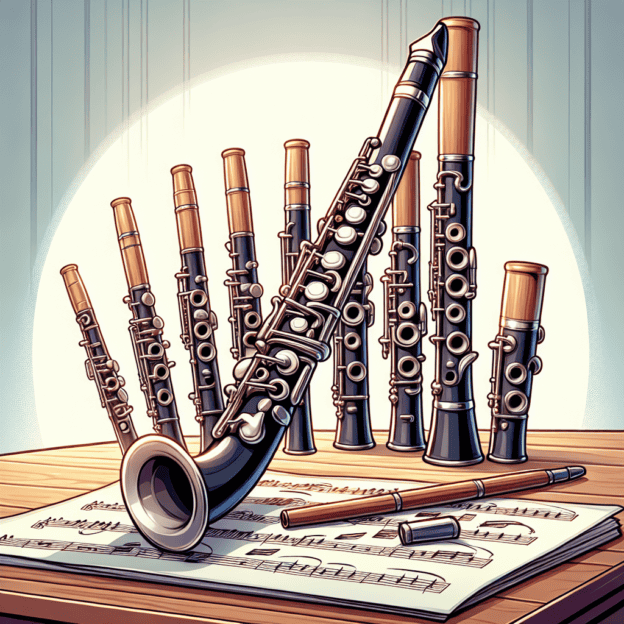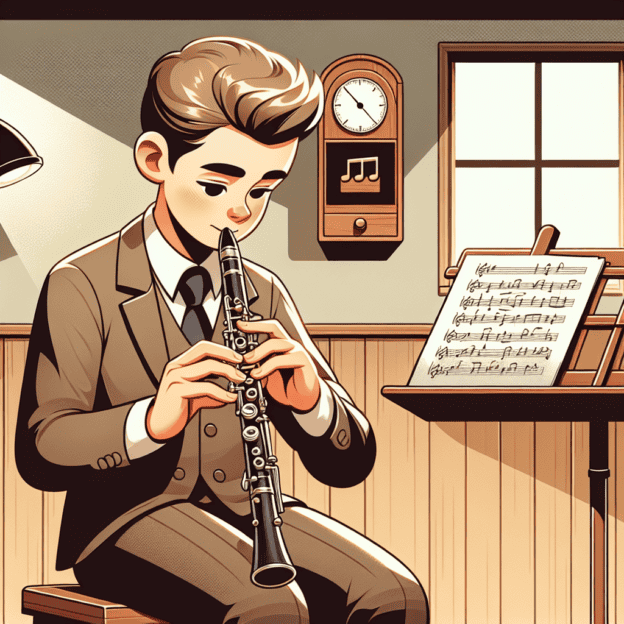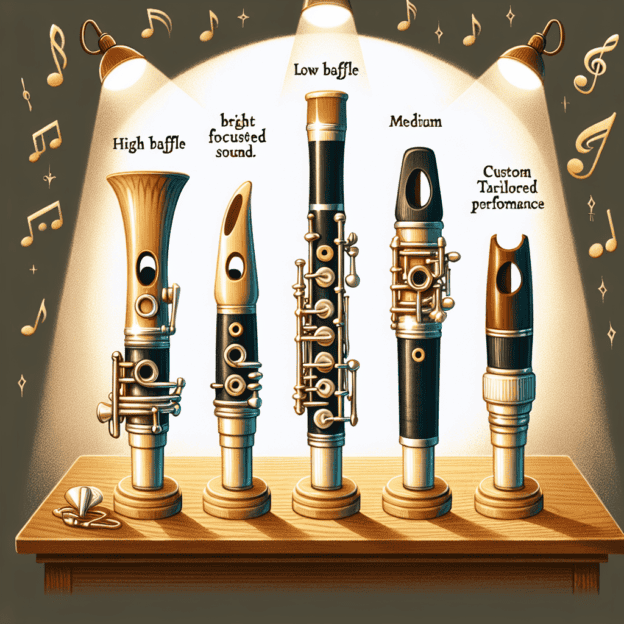Playing the clarinet requires a careful balance of coordination, breath support, and finger dexterity. Good finger accuracy is one of the most important skills a clarinetist can develop. This skill not only helps produce clear notes but also allows for smoother transitions between pitches and increased speed during fast passages. In this guide, we'll explore various methods, exercises, and tips to improve your finger accuracy on the clarinet, helping you become a more skilled player.
Understanding Finger Accuracy
Finger accuracy is about hitting the right keys on the clarinet at the right time, ensuring crisp articulation and a polished performance. This skill is especially important in fast passages where even a slight delay or misplacement can disrupt the music's flow. Improving finger accuracy involves technical skill, mental awareness, and dedicated practice.
Importance of Finger Positioning
Before we jump into exercises, it's important to understand how finger positioning affects accuracy. Proper finger placement on the clarinet allows for quick and efficient movements. Each finger should rest on its designated key without too much pressure. When getting ready to play, keep your fingers light and relaxed, ready to move smoothly.
Tips for Proper Finger Positioning:
- Curved Fingers: Keep a natural curve in your fingers to help with movement. Avoid flat or overly straight fingers, as they can slow you down and make it harder to respond quickly.
- Finger Independence: Work on improving the dexterity of each finger individually to boost overall flexibility when playing.
- Stay Relaxed: Tension in your hands can affect your movements. Shake out your hands regularly to release any built-up tension.
Exercises to Improve Finger Accuracy
Including specific exercises in your practice can significantly boost your finger accuracy. Here are some proven techniques you can use during your practice sessions:
1. Scales Practice
Practicing scales is a key way to improve finger accuracy. Start slow, making sure each note is clear and evenly played. Gradually speed up while maintaining accuracy. Work on different octaves and try various major and minor scales.
| Scale | Practice Technique |
|---|
| C Major Scale | Play two octaves from low C to high C |
| G Major Scale | Focus on smooth transitions between F# and G |
| Chromatic Scale | Practice in different registers |
2. Finger Exercises
Dedicated finger exercises can improve independence and muscle memory. Here's a simple exercise:
1. Play the notes C, D, E, F, G with your left hand fingers: 1-2-3-4-5 respectively. ... read more










